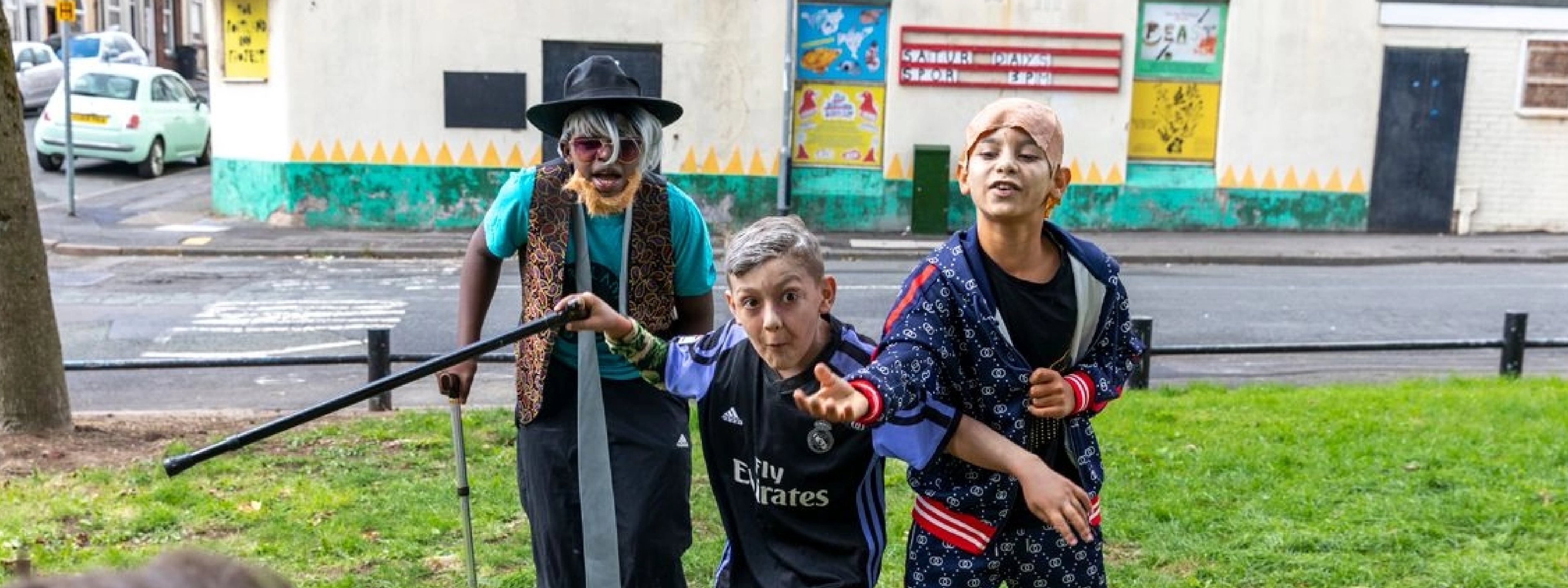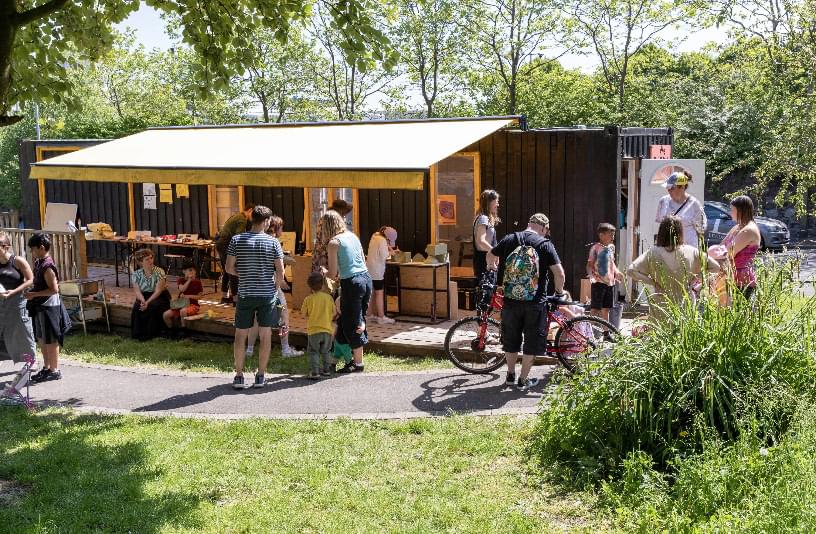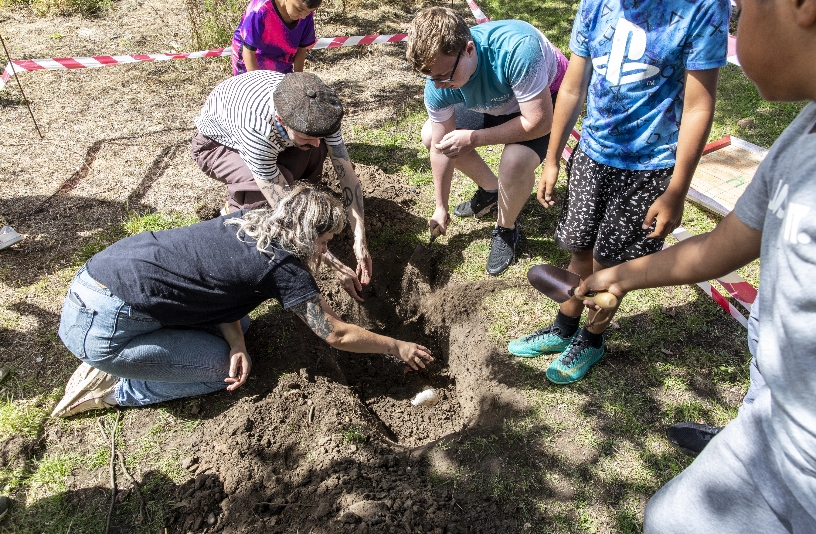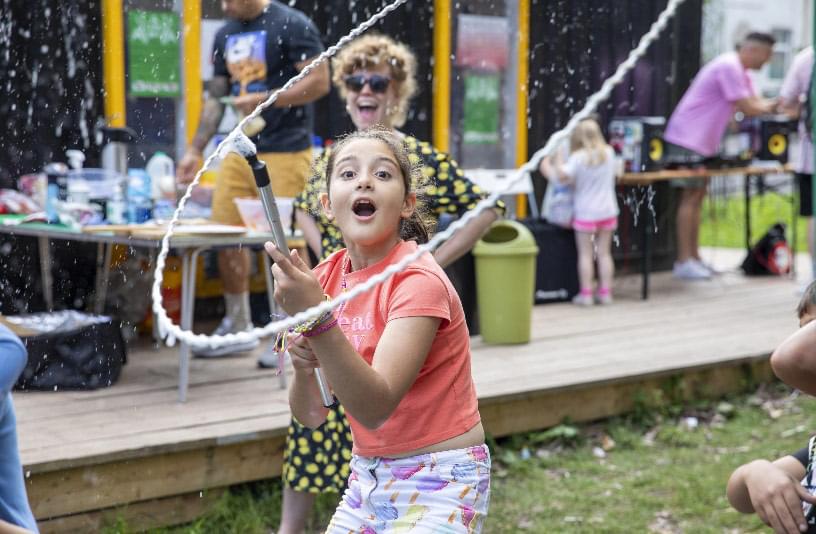Future Actions
So, once you have a plan, setting out how that plan will be enacted is key to success.
Your action and delivery plan is something that will need to be revisited regularly with your community and partners, in order to check how you are getting along, reroute at times and add things in, but having clear milestones and actions agreed with everyone involved will help you establish and deliver on your plan. Agree how and when this will happen, and if necessary establish a more formal agreement with all involved.
Discussion Conversation Starters
Now that we have begun to set out what the landscape looks like and who is in it, it’s important to develop a delivery plan, so we know what steps we need to take, and who is doing what and when.
What do we need to do to deliver our plan? What are the long term steps that we will take? What do we need to do to deliver the dream garden? What do we need to do in the next 12 months?
What do we need to do in the next 5 years? Who is doing what? What is in our longer term plan?
Activity Plan
Suggested Timeframe: Set aside an hour
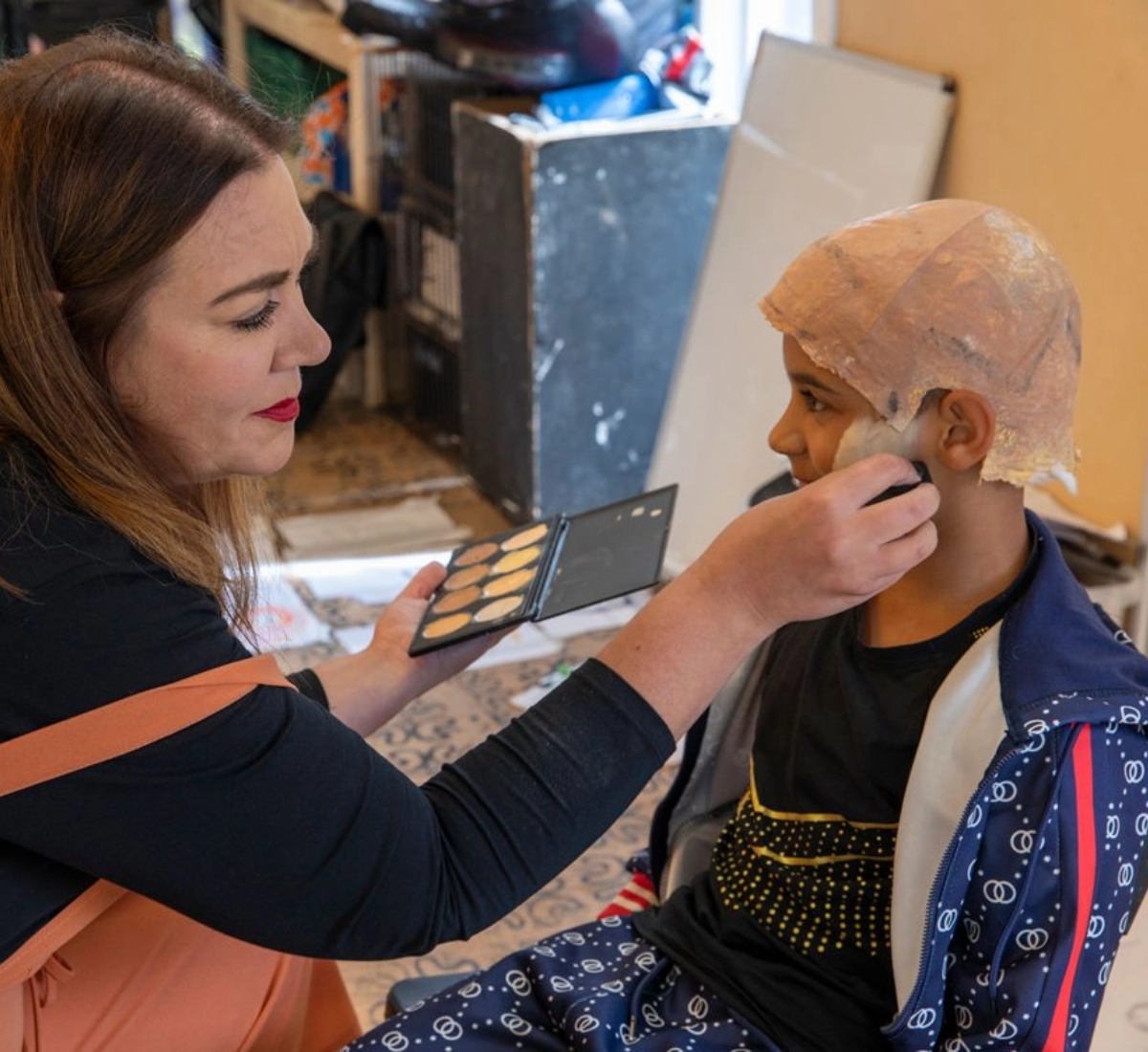
Resources:
Long roll of paper to begin to create a shared timeline, pens, post-it notes and tape (to attach timeline to wall for group to work on).
Beginning and Ending your session:
Give a brief introduction about the session, and what will be covered. Ask everyone to very briefly introduce themselves and their connection to the neighbourhood/area/project. At the end of the session, ask everyone to give feedback on one thing they enjoyed and one thing to improve for next time (you can ask people to write this on a post it, or use another method to record their answers.)
Drawing:
Let’s create our dream landscape: whether we are starting here, or overlaying our changes to the landscape created in the Roots tool, let’s begin designing our dream landscape. What features does our landscape have, how do things look, and how do they feel, what sort of activity happens here? Are there any visible changes, make them using paper overlays, or sculpt them in clay if using clay or other materials for your landscape.
Recording:
If you have one person leading the creative activity, it is also important to have one person keeping a record of the discussion and what is covered, making notes and recording the outcome of the session visually and in note form, ensure all participants are aware that this is happening, and why.
Follow on activity:
SWOT analysis.
Now we need to think about what the strengths, weaknesses, opportunities and threats are. What risks do we face, and how can we plan to get around them?
Breakout room/in pairs to discuss and identify this.
First set out the strengths, weaknesses, opportunities and threats (Ten minutes to discuss this and share back to whole group.) Then further 10 minutes to pull out biggest risks and what can be done to get around them, and biggest opportunities/assets, and how they can be built on.
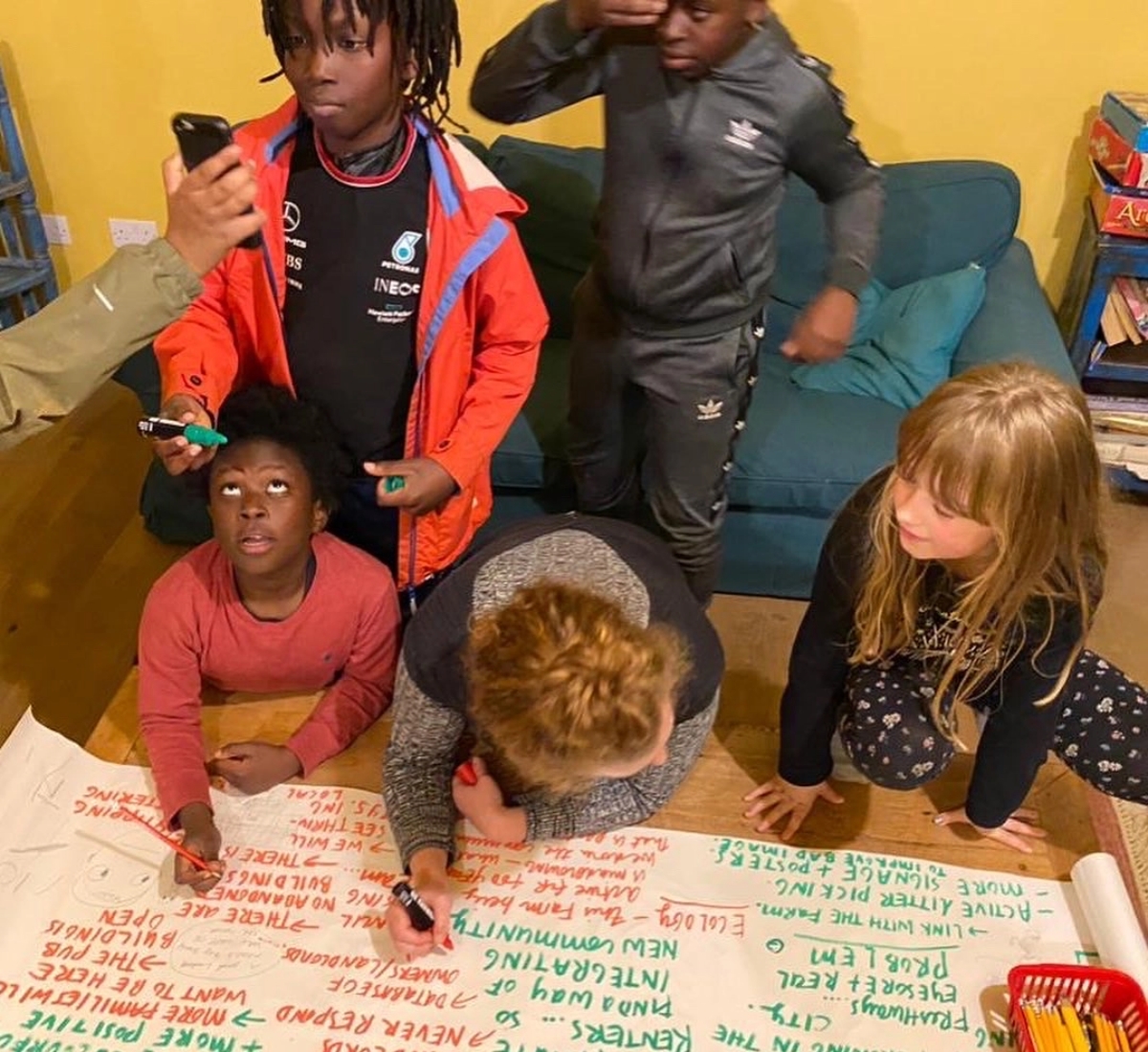
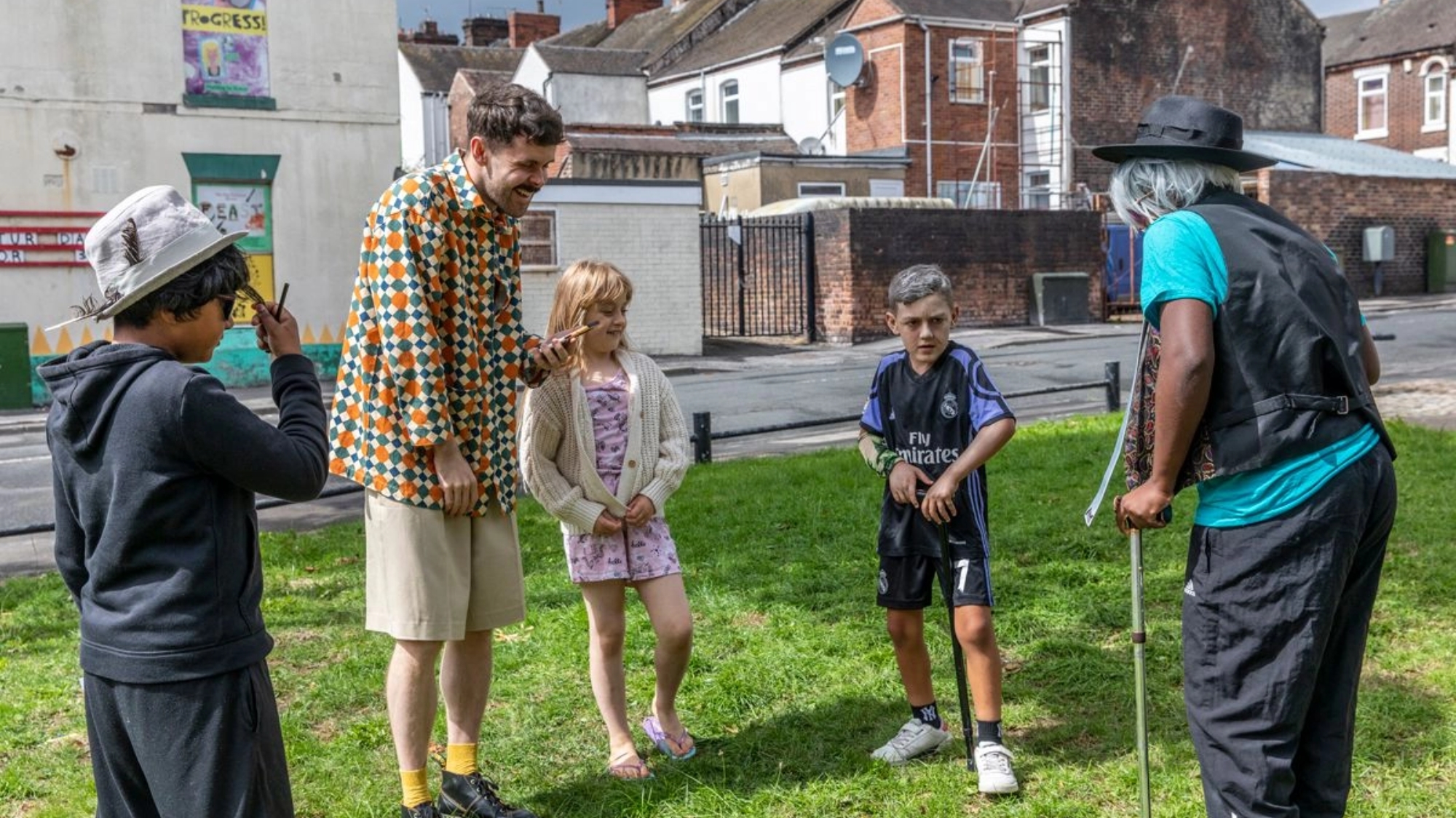
PIP example
When we started visioning the future with our community, the young people dressed up as themselves 100 years from now, and interviewed their future selves in order to understand what had changed.
